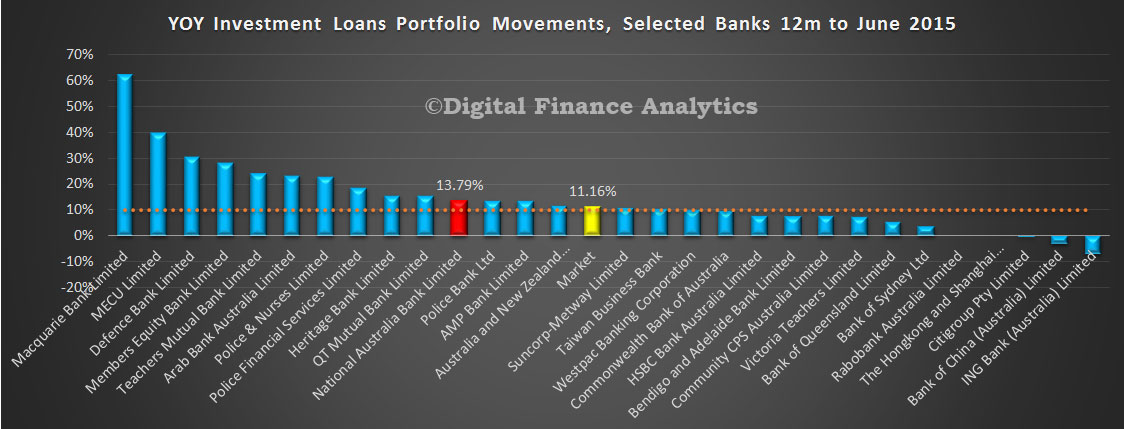National Australia Bank (NAB) has announced that it will establish a $50 million fund to further accelerate the bank’s focus on customer-led innovation.
The NAB Ventures fund will enable NAB to access leading ideas and capabilities from around the world through entering into partnerships, alliances and making investments in innovative companies.
“This is an investment in our business designed to improve customer experience through innovative solutions, making banking easier, better and simpler,” NAB CEO Andrew Thorburn said.
“Banking globally is undergoing a digital transformation and NAB Ventures will ensure NAB is able to embrace these changes to deliver innovative solutions for our customers.”
It is envisaged the $50 million will be deployed over 3 years and will be invested both in Australia and overseas.
NAB Ventures will be part of NAB Labs, a dedicated innovation capability designed to build a culture of innovation and customer-led design within NAB, and position the bank to be agile and adaptive to rapidly changing digital advancements.
The fund will have two key objectives:
- Deliver accelerated access to new capability, technology, intellectual property, and businesses that could be deployed into NAB and its customer offering; and
- Enhance NAB’s insight into and connection with emerging business models and technology. Key areas of focus include mobile platforms, payments and data and analytics.
NAB has also introduced a Digital Acceleration Program to enable digital innovation to be developed and put in the hands of customers and bankers quickly.
“It’s critical that we are able to act quickly and be nimble in bringing digital innovation to market,” Mr Thorburn said.
NAB Labs has a dedicated team but also draws on people from across the bank and external partners – as well as extensive customer engagement – to design, experiment and develop new products and capability.
Mr Thorburn added: “We want our team to be among the best global thinkers in the innovation space and give our customers access to the best innovative thought – and we recognise that won’t all necessarily come from inside NAB.
“NAB Ventures will further enable us to access the best minds and cutting edge ideas.”

